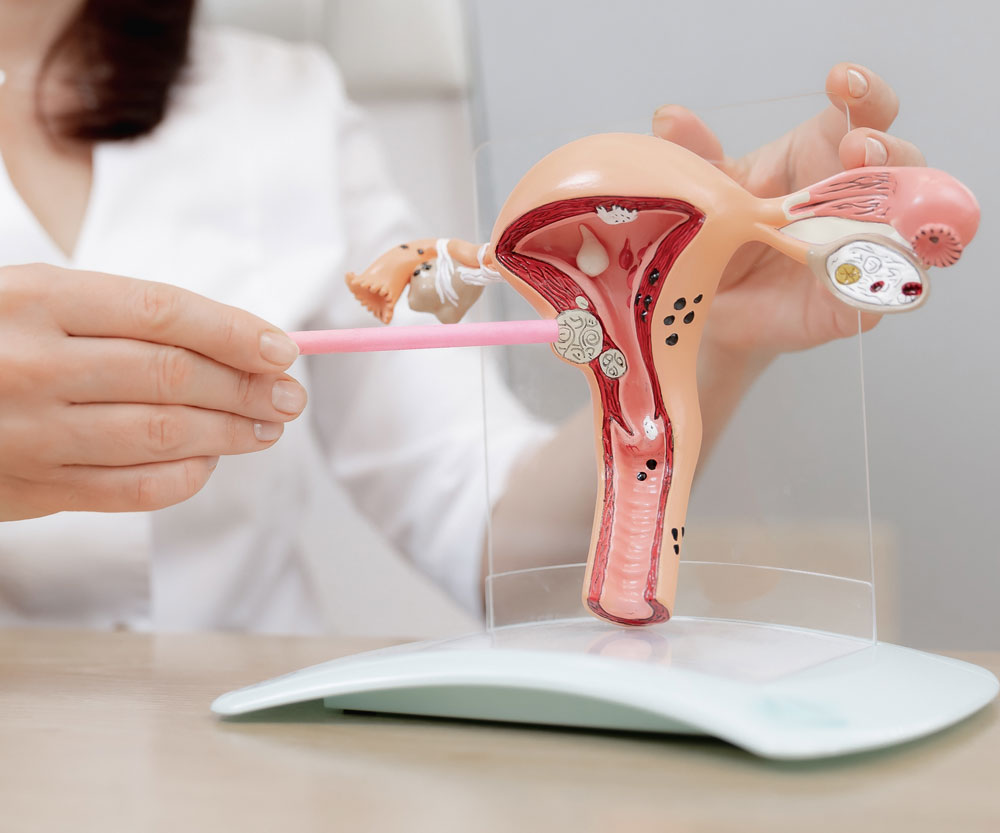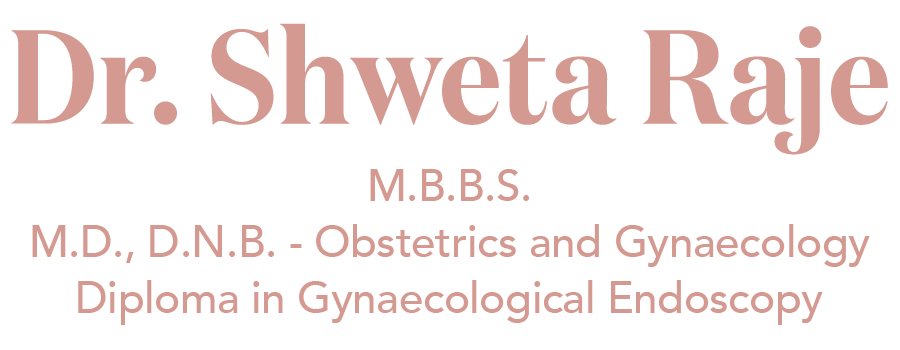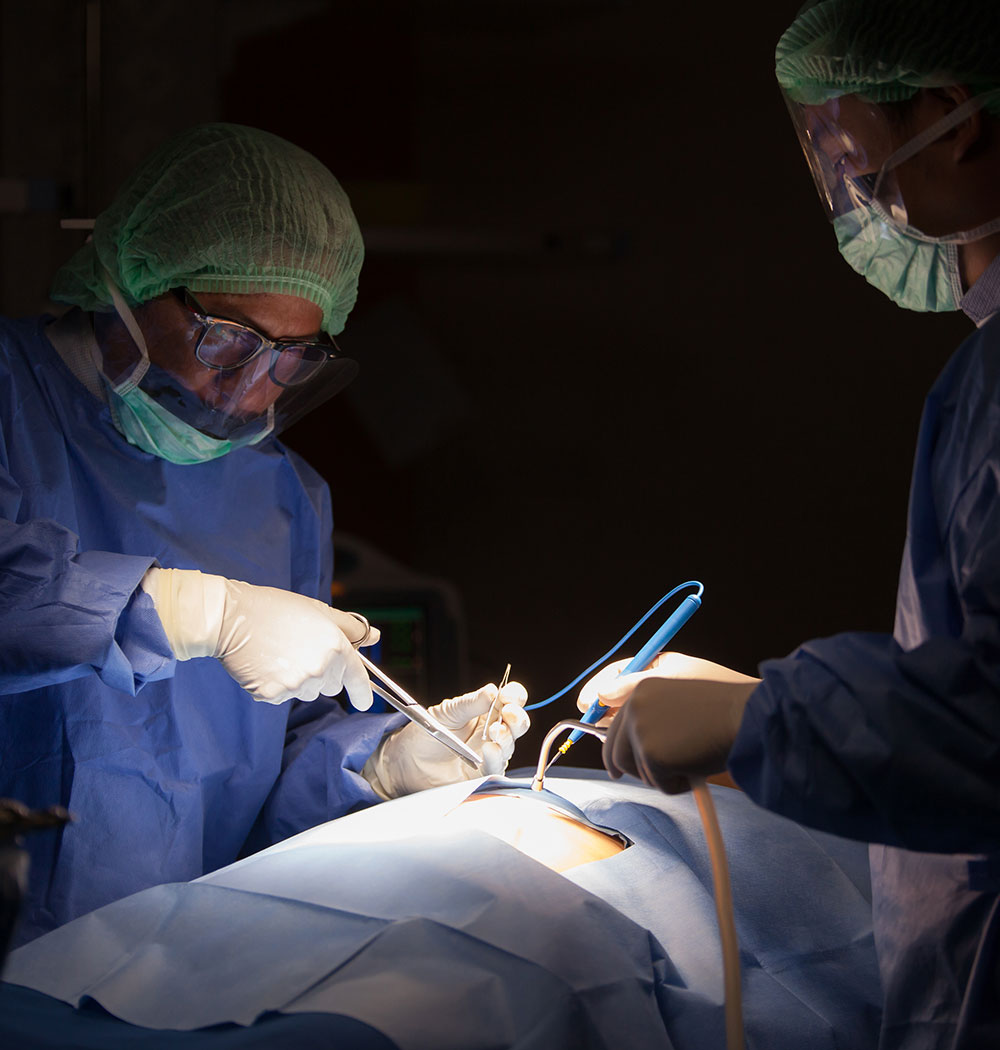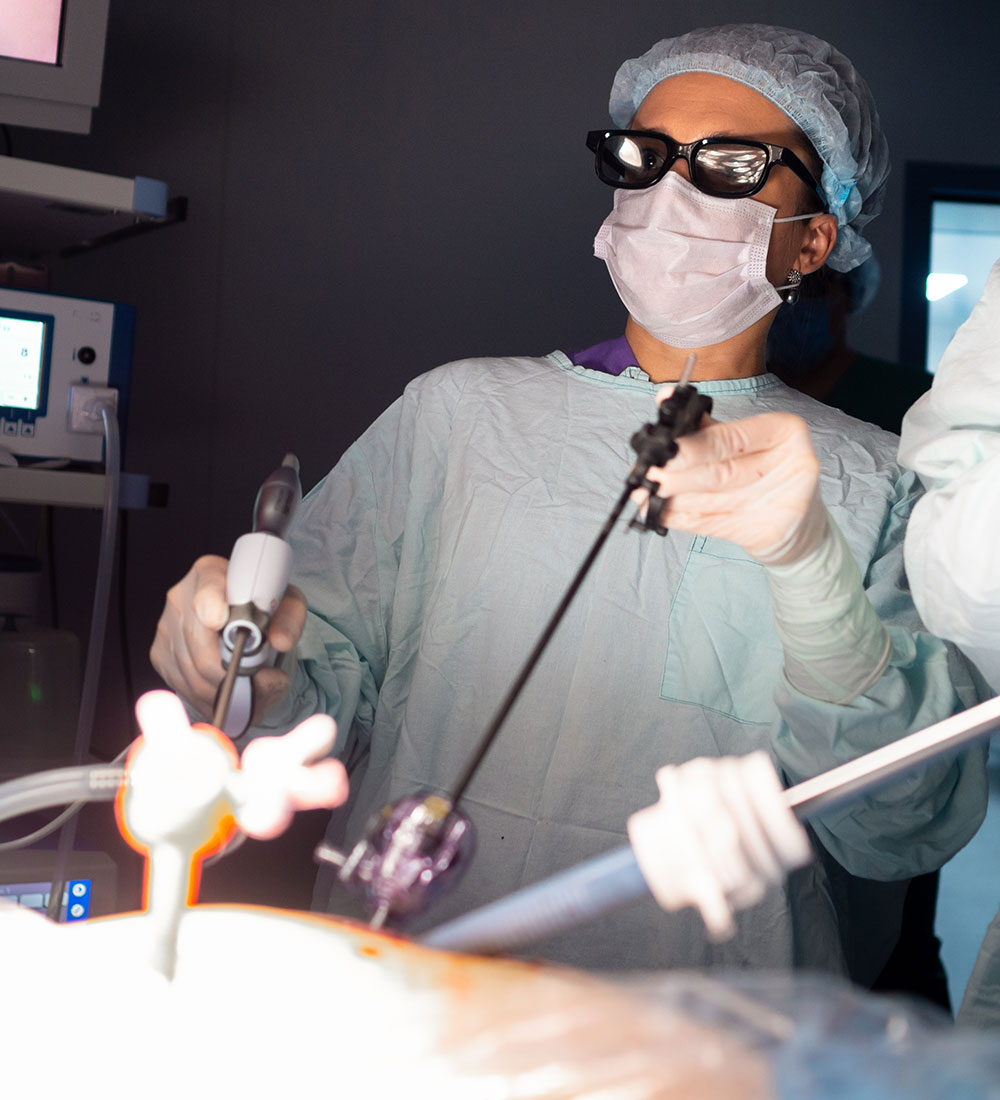
What is a Hysterectomy and what are the reasons for removing the uterus?
Hysterectomy is one of the most common gynecological surgeries. It is the surgical removal of the uterus (womb). The common reasons for hysterectomy are : fibroids (non-cancerous tumors of the uterus), heavy bleeding during periods, prolapsed uterus, endometriosis (causing severe pain and bleeding) and cancer of the uterus and cervix.
What are different types of Hysterectomy?
- Total hysterectomy – The entire uterus, including the cervix, is removed.
- Subtotal – The upper part of the uterus is removed, but the cervix is left in place.
- Radical hysterectomy – This is a total hysterectomy that also includes removal of ovaries and lymph nodes.


